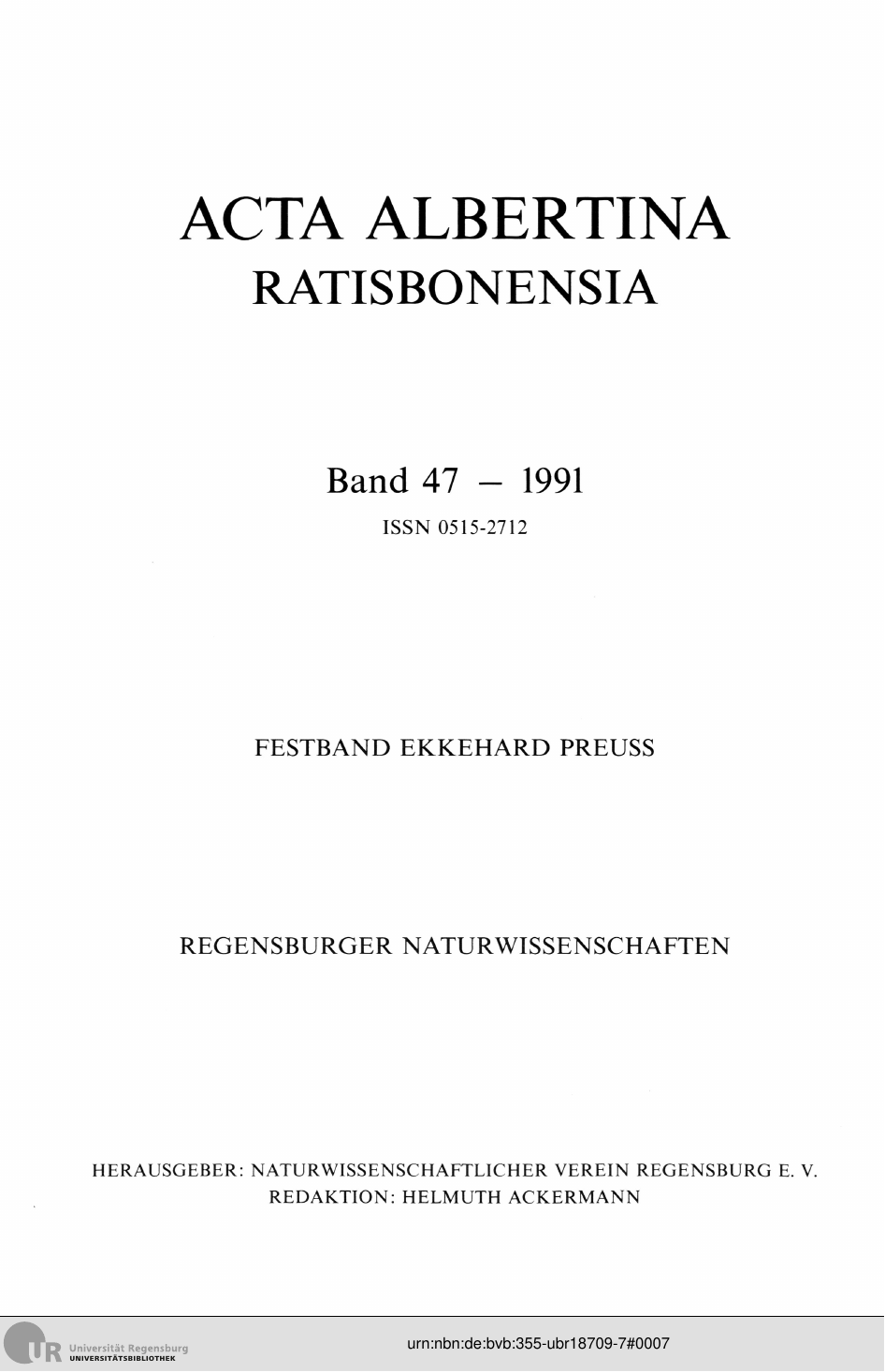Wie zeichnen Zirkone geologische Geschichte auf? Am Beispiel des Leptynitvorkommens Zaunmühle (Passauer Wald).
DOI:
https://doi.org/10.5283/albertina.2324Abstract
Zusammenfassung
Die Zirkone eines Leptynits im Passauer Waid wurden mit dem
Rasterelektronen- und Durchlichtpolarisationsmikroskop untersucht: Drei
unterschiedliche Zirkonbildungsphasen liegen vor. Die ersten zwei sind
magmatisch, die letzte entweder hochmetamorph oder ebenfalls magmatisch.
Die Bildungstemperatur der Außenhülie liegt aufgrund der Zirkontypologie,
die bisher nur für Magmatite definiert ist, über 800° C. Die
Regionalmetamorphose hat nach BLÜMEL (1983) im Bayerischen Wald maximal
4,2 +/- 0,4 kbar und 690° +/- 50° C erreicht.
Abstract
Zircons of a leptynite from the Passauer Wald (Moldanubicum) have
been investigated with the scanning electron microscope and the polarizing
microscope: There are three different phases of zircon genesis. The first two
are magmatic, the last one is high metamorphic or magmatic too. The
growth-temperature of the marginal rim, dcpending on zircon-typology, only
for magmatites defined, is higher than 800° C. After BLÜMEL (1983) the
regional metamorphism in the Bavarian Forest had a maximum of 4,2 +/- 0,4
kbar and 690° +/- 50° C.
Downloads
Veröffentlicht
Ausgabe
Rubrik
Lizenz
Copyright (c) 2021 Acta Albertina Ratisbonensia

Dieses Werk steht unter der Lizenz Creative Commons Namensnennung 4.0 International.

Dieses Werk steht unter der Lizenz Creative Commons Namensnennung 4.0 International.



